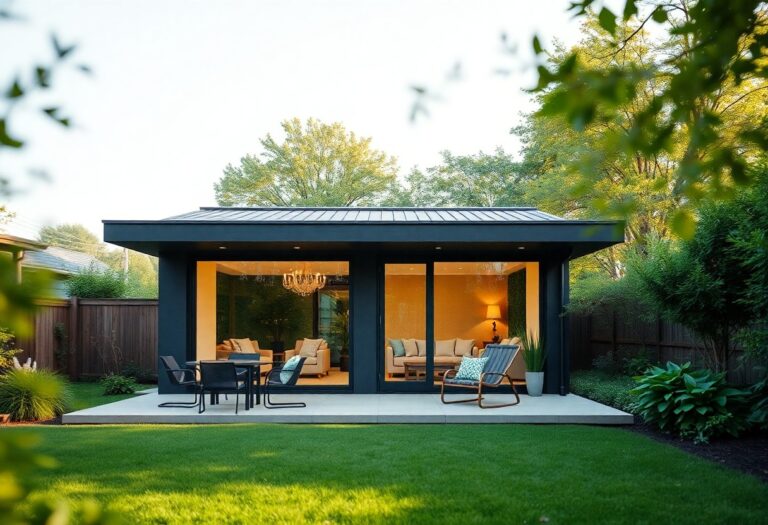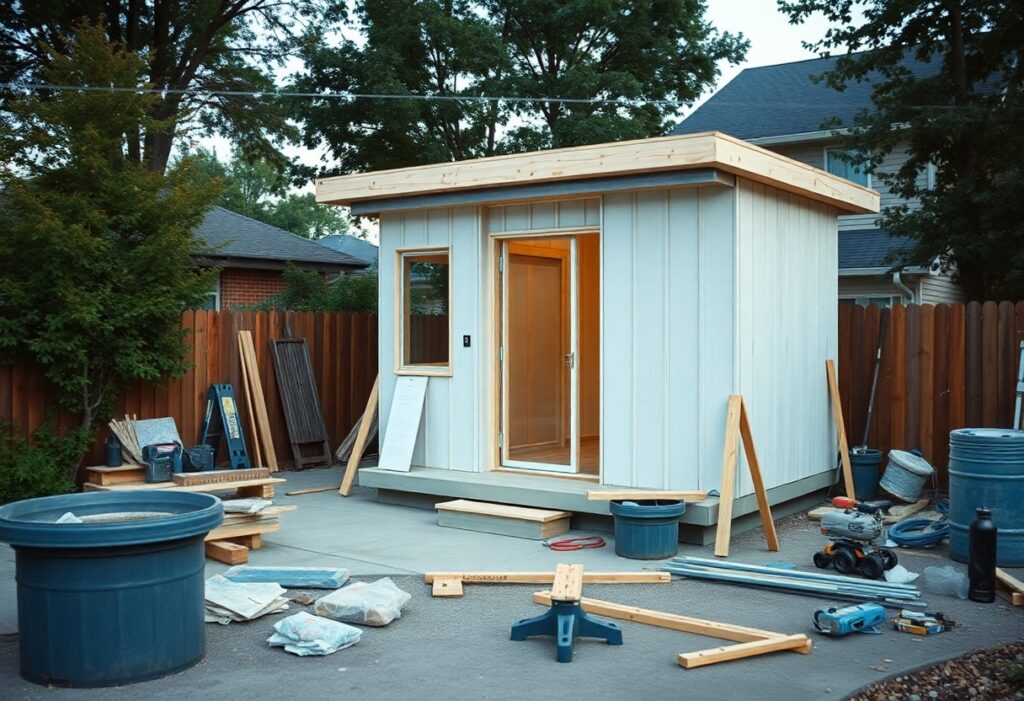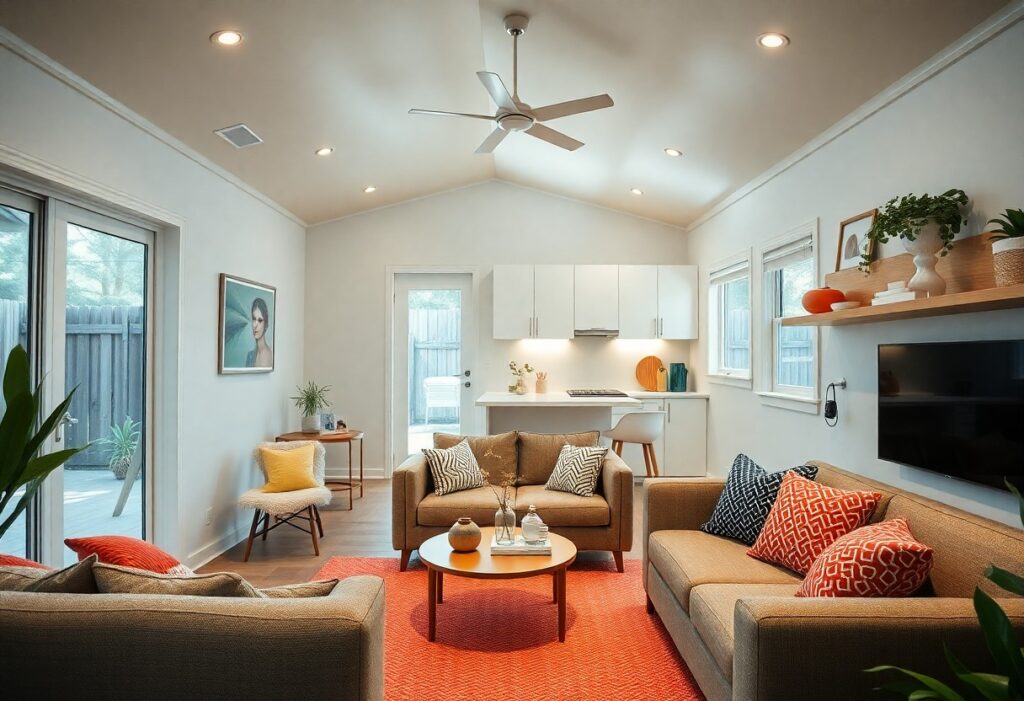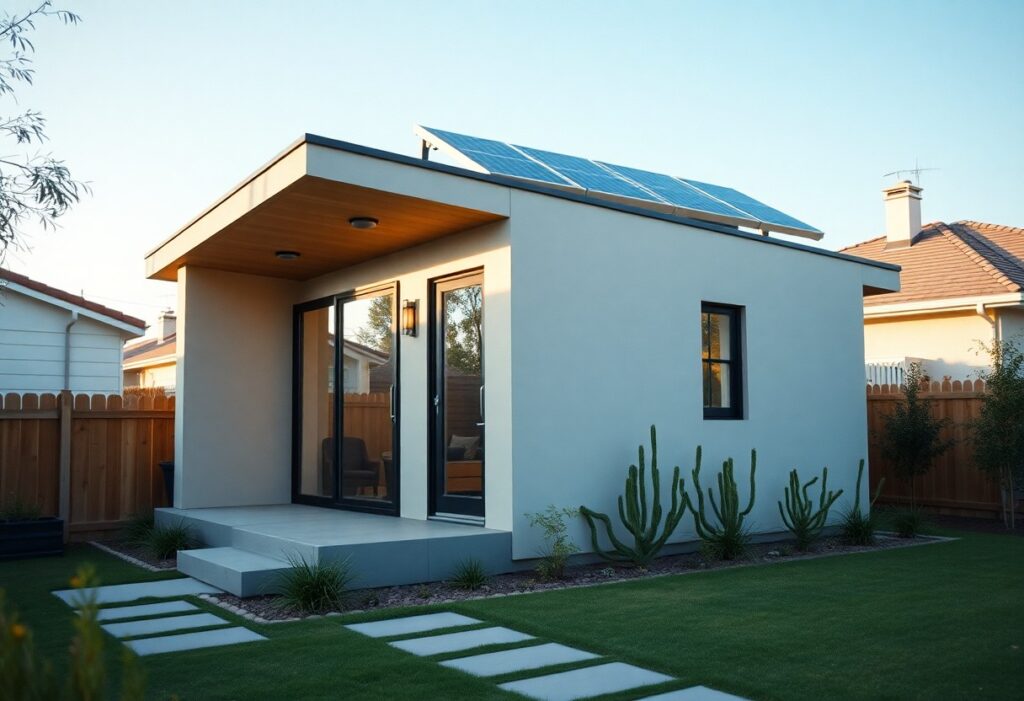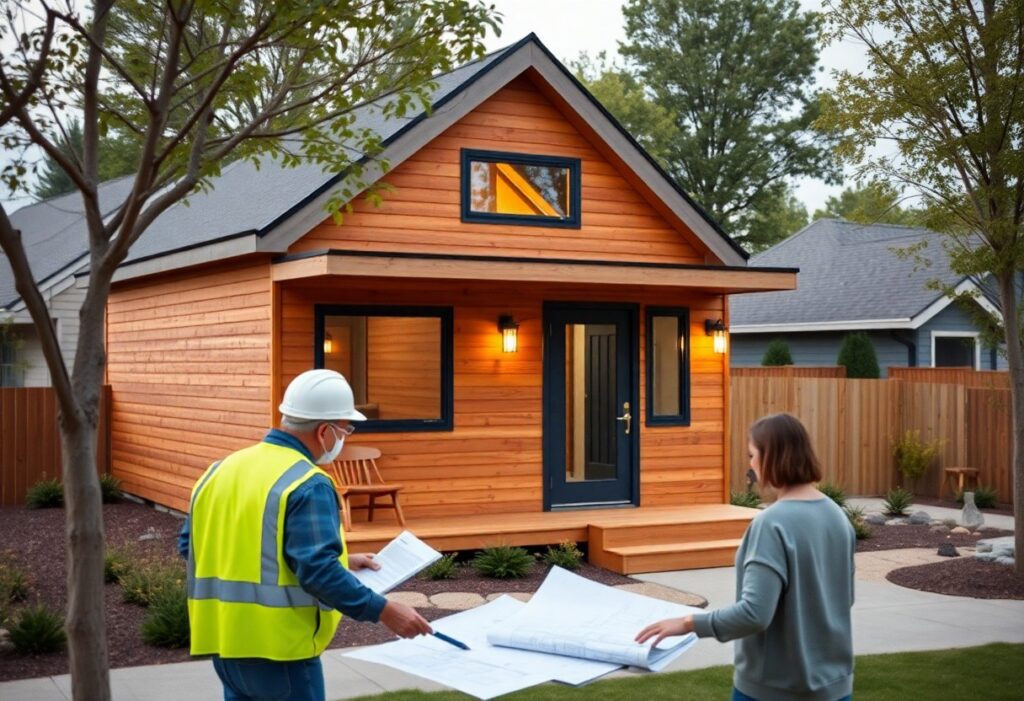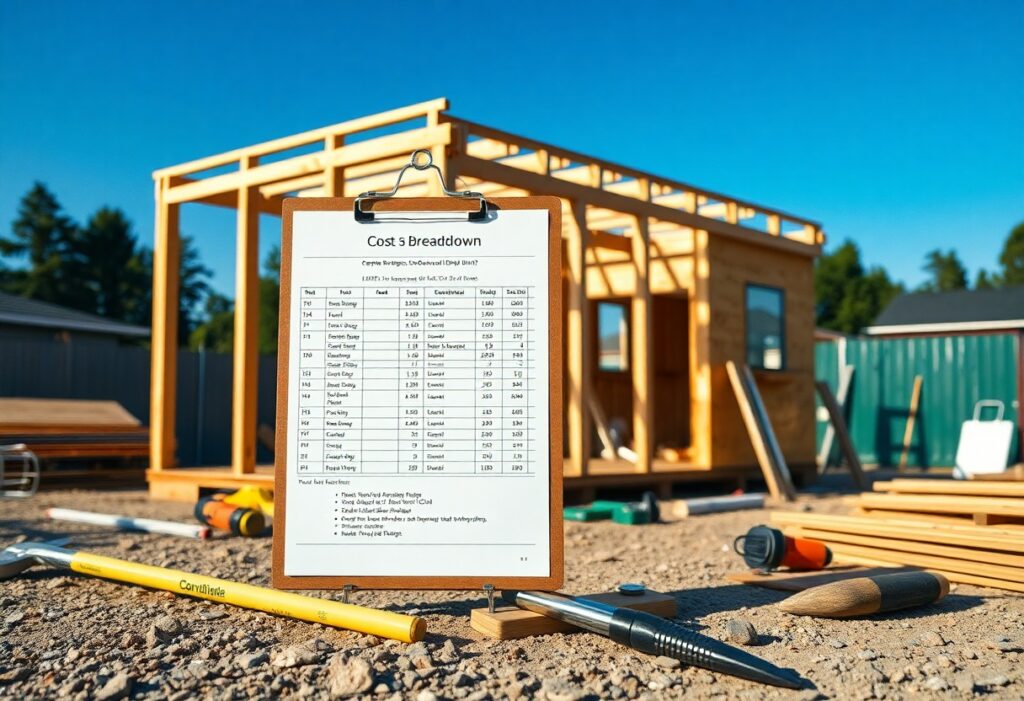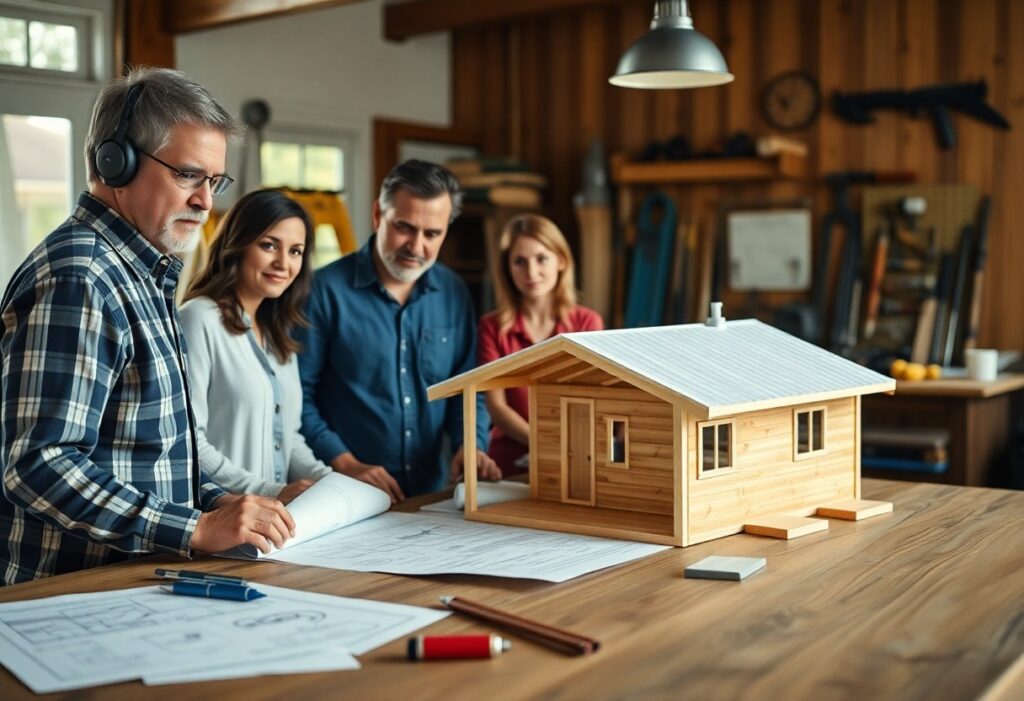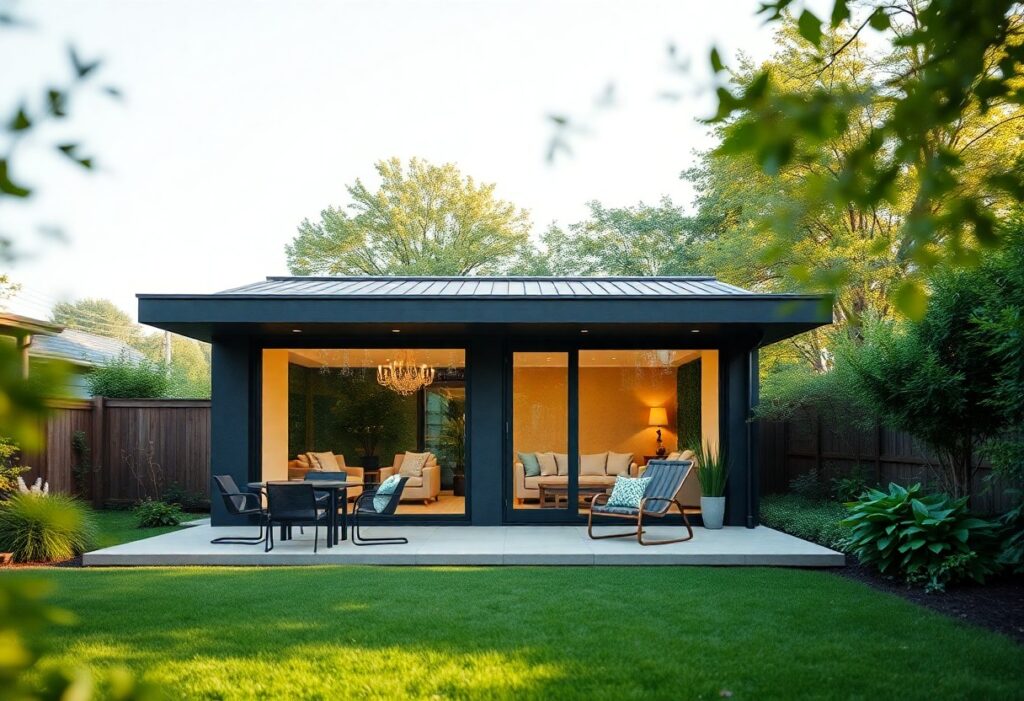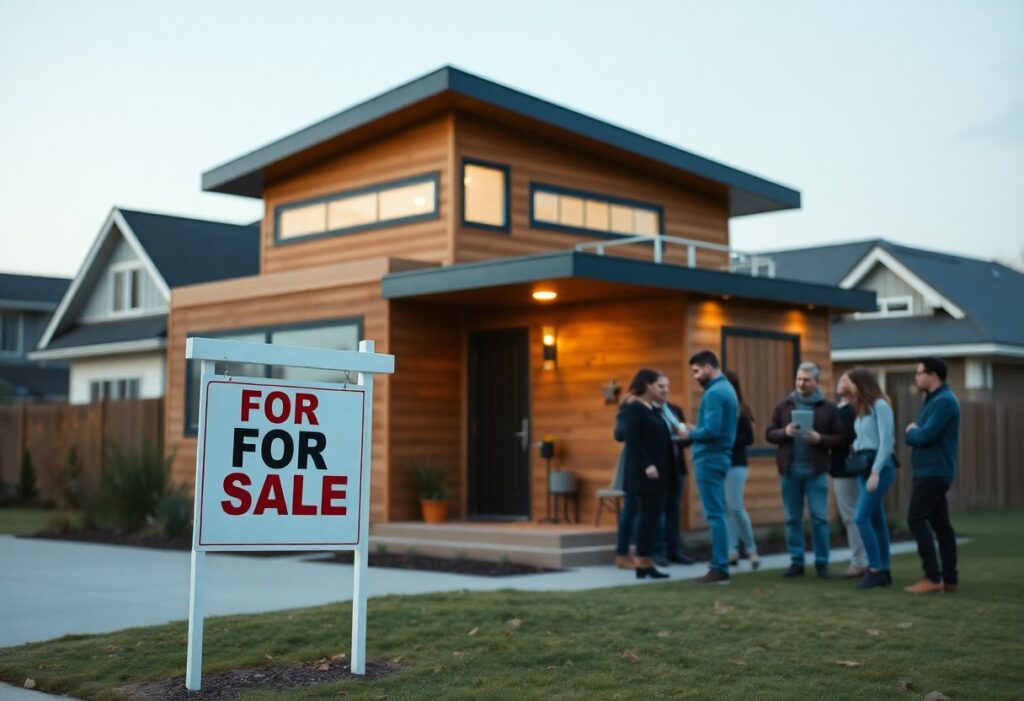Just as you begin your journey into the world of Accessory Dwelling Units (ADUs), it’s imperative to equip yourself with comprehensive knowledge about design guidelines, construction processes, and legal requirements. In this ultimate guide, you’ll discover how to enhance your property’s value, maximize space, and navigate the challenges involved in building an ADU. Whether you’re aiming to provide additional housing, a rental opportunity, or a personal sanctuary, understanding these fundamentals will empower you to make informed decisions throughout your project.
Key Takeaways:
- Design Flexibility: Accessory Dwelling Units (ADUs) offer a wide range of design options, allowing homeowners to customize their living spaces to their needs and aesthetic preferences.
- Regulatory Considerations: Understanding local regulations and zoning laws is imperative for smooth ADU construction, as these factors can significantly impact the approval and building process.
- Construction Process: Familiarizing oneself with the ADU construction steps, including planning, permitting, and material selection, is key to ensuring a successful and efficient building experience.
Understanding ADUs
Before exploring into the world of Accessory Dwelling Units (ADUs), it’s necessary to familiarize yourself with their design and construction principles. Your Complete Guide to ADUs can provide you with a comprehensive overview of everything you need to know to get started.
Definition and Purpose
Among the many housing solutions available today, ADUs stand out as versatile spaces that are not only supplemental living quarters but also serve various functions, such as guest houses, in-law suites, or rental units, adding significant value to your property.
Benefits of ADUs
At their core, ADUs offer you numerous advantages, including increased property value, additional rental income, and a flexible living arrangement for family members, all while minimizing the environmental impact of traditional housing expansions.
Understanding the benefits of ADUs can truly transform your living situation. With an ADU, you can enjoy enhanced property value due to the appeal of additional living spaces. Moreover, the potential for rental income means you can offset mortgage costs or create a comfortable environment for loved ones. Additionally, ADUs promote sustainable living by efficiently using existing resources without necessitating new land development. By integrating an ADU into your property, you embrace a modern living solution that adapts to your lifestyle needs.
Designing Your ADU
Some homeowners often overlook the importance of thoughtful design when planning their ADU. A well-designed ADU not only enhances the property’s value but also maximizes functionality and livability. You should consider your lifestyle, future needs, and aesthetic preferences to create a space that seamlessly integrates with your main home and the surrounding environment.
Design Considerations
Above all, you need to prioritize elements such as layout, natural light, and accessibility. Think about how you plan to use the space, whether it’s for rental income, family, or guests. Incorporating features like energy-efficient windows and sustainable materials will also contribute to the long-term value of your ADU.
Architectural Styles
On the subject of architectural styles, choosing the right one is integral to ensuring your ADU complements your existing home. Various styles, from modern to traditional, can significantly impact the overall aesthetic of your property. You should aim for a design that not only appeals to your personal taste but also aligns with the design language of your main residence.
For instance, you might opt for a modern style characterized by clean lines and large windows, which maximizes natural light and provides a contemporary feel. Alternatively, a craftsman style offers warmth with its rich woodwork and decorative details, fostering a welcoming atmosphere. Each style presents unique benefits, so carefully consider what resonates with you and how it fits into your existing property’s character for the best outcome.
Planning and Permitting
Despite the complexity involved, effective planning and permitting are fundamental for your ADU project to succeed. Engaging with professionals for guidance is crucial, so consider insights from Cameron Meredith, Author at ADU West Coast to navigate these processes smoothly.
Zoning Regulations
Below, you’ll find that understanding zoning regulations is pivotal to your ADU’s feasibility. Each jurisdiction has specific zoning laws that can dictate the size, location, and use of your ADU, impacting your project’s direction significantly.
Necessary Permits
To proceed with your ADU construction, obtaining the necessary permits is vital. Various permits may be required, including building permits, electrical permits, and plumbing permits, depending on your project’s scope.
Further, the process of securing these permits can take time and requires you to prepare comprehensive plans and documentation. It’s important to provide detailed information about your ADU’s design and ensure compliance with local codes. Delays in this stage can lead to potential fines or project setbacks, so ensure you have all documents in order to avoid complications. Understanding the specific requirements for your area will streamline this process significantly.
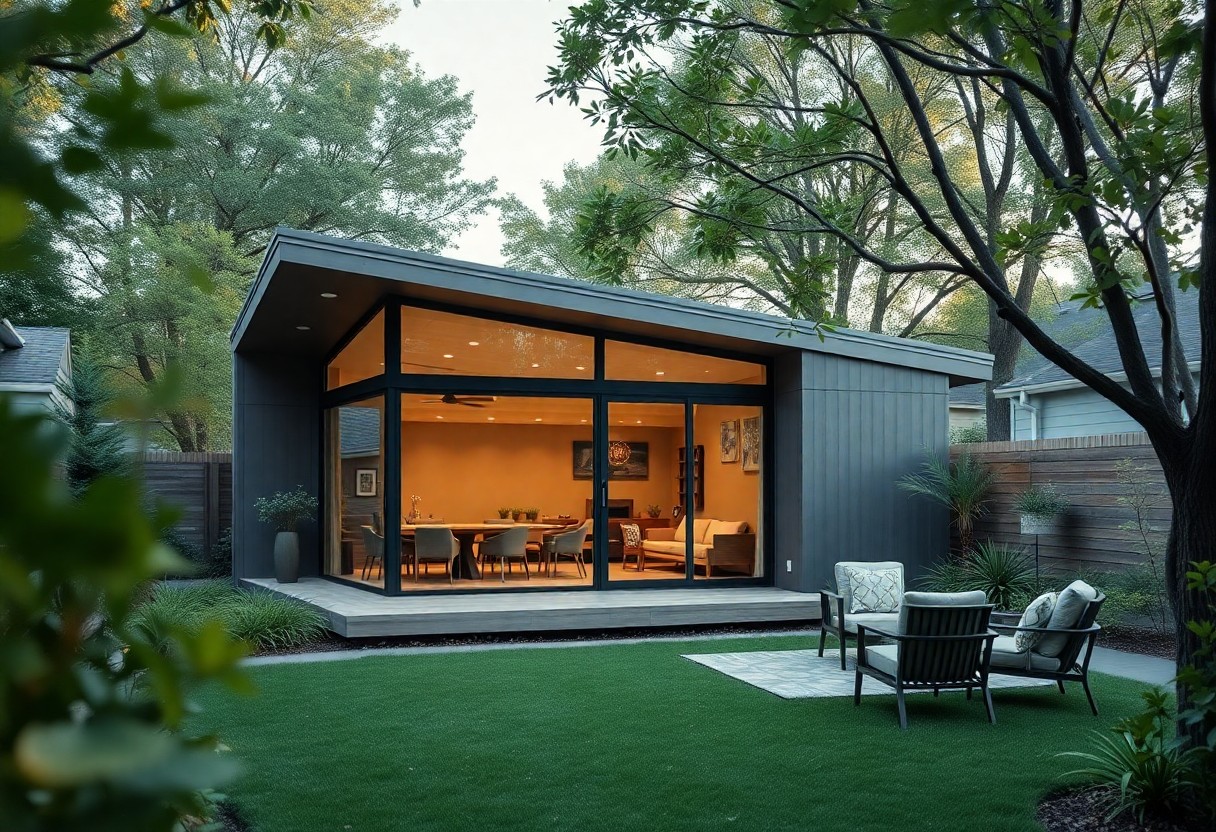
Construction Process
Your journey through the construction process of an ADU begins with careful planning and organization. It’s important to adhere to local building codes and regulations to ensure a smooth operation. This phase involves securing permits, conducting site assessments, and finalizing design details with your builder. Clear communication with your contractors is key to staying on schedule and within budget, which ultimately leads to a successful completion of your ADU.
Choosing a Builder
Across this important step, selecting the right builder can significantly influence the outcome of your ADU project. Take the time to research potential contractors by checking their experience, previous projects, and client reviews. A reputable builder will have a proven track record and will be able to provide you with a detailed plan and timeline, ensuring your vision becomes a reality.
Construction Timeline
The timeline for your ADU construction can vary based on several factors, including design complexity and weather conditions. While some projects may take just a few months, others could extend significantly due to unforeseen delays. Keeping a flexible mindset will help you navigate the ups and downs that may arise during construction.
Consequently, it’s important to establish a clear and realistic timeline with your builder from the start. This includes setting milestones for each stage of construction, from breaking ground to final inspections. Be proactive in communicating with your contractor to address any potential roadblocks. Staying informed will help you maintain a positive outlook throughout the process, and understanding the potential delays in permitting or sourcing materials will prepare you for unexpected changes.
Budgeting for Your ADU
For a successful ADU project, establishing a clear budget is crucial. Begin by considering all costs, including design, materials, labor, and permits. Understanding potential expenses upfront allows you to allocate resources wisely and avoid unexpected financial strain. Research various cost factors in your area, and consult with professionals to get a reliable budget estimate that meets your goals.
Cost Estimates
Beside your initial budget, obtaining accurate cost estimates from contractors and suppliers is key. Various aspects, such as location, size, and design specifications, will impact your overall expenses. Comparing multiple quotes can help you make informed decisions, ensuring you stay within your budget while achieving your desired outcome.
Financing Options
Among the many steps you’ll take, exploring financing options can significantly ease the financial burden of your ADU project. Various methods are available, including home equity loans, personal loans, or even government financing programs that cater specifically to ADUs.
In fact, home equity loans allow you to leverage the equity built in your home, providing competitive interest rates while helping you fund your project. Personal loans offer flexibility but may come with higher rates. Additionally, local governments sometimes provide grants or low-interest loans to encourage the construction of ADUs, which can reduce your total outlay. Ultimately, choosing the right financing option tailored to your financial situation can make your ADU project more attainable and less stressful.
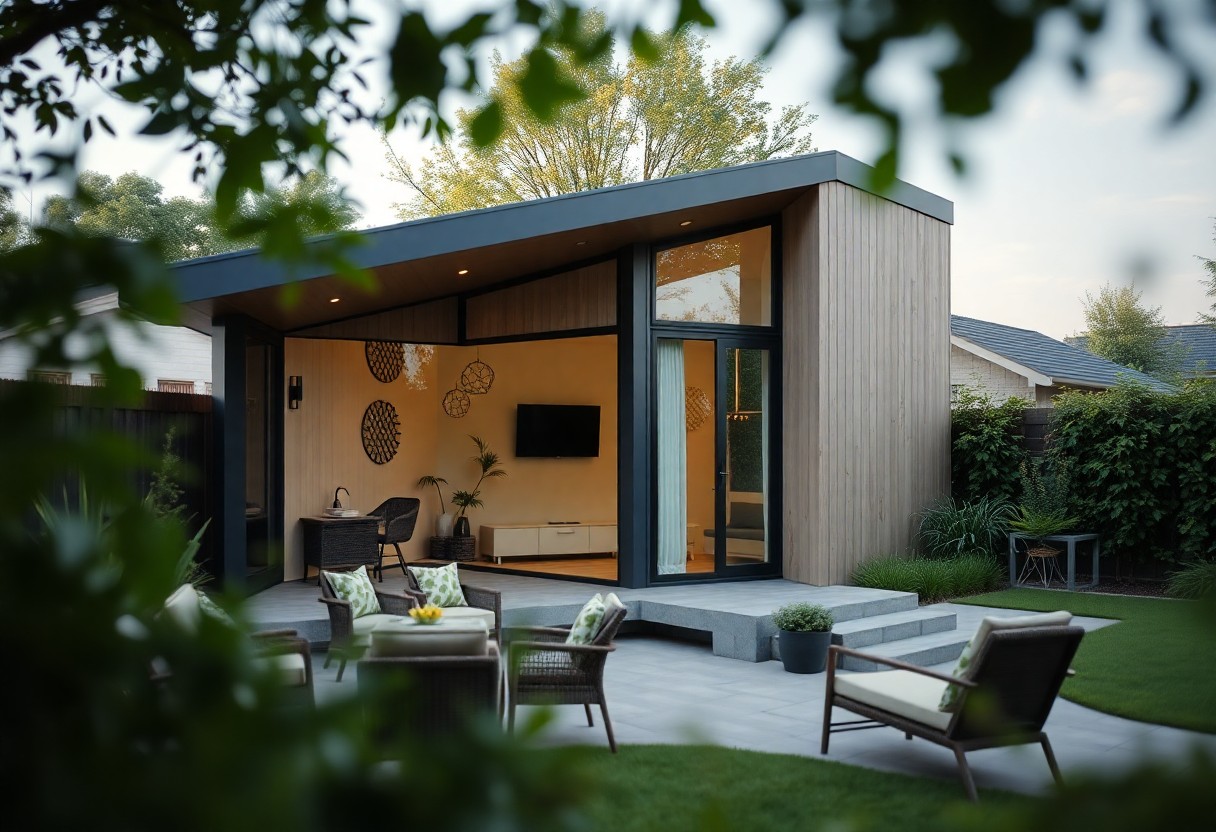
ADU Maintenance and Management
Keep your Accessory Dwelling Unit (ADU) in top condition by prioritizing regular maintenance and consistent management practices. This will not only prolong the lifespan of your property but also enhance its appeal. By establishing a routine for upkeep, you can ensure a seamless living experience for tenants or guests while maintaining property value.
Maintenance Tips
Among the imperative tips for effective maintenance of your ADU are:
- Inspect and clean gutters regularly
- Check and maintain HVAC systems
- Repair fixtures and appliances promptly
- Monitor plumbing systems for leaks
Assume that regular maintenance will prevent costly repairs down the line.
Managing Tenants
Management of tenants in your ADU requires effective communication and adherence to established rules. It is important to set clear expectations regarding rent, maintenance responsibilities, and community guidelines. This fosters good relationships and ensures a smooth tenancy.
The best approach to managing tenants includes conducting thorough background checks before lease agreements and maintaining open lines of communication for any concerns that arise. Implement a reliable payment tracking system to ensure timely payments and address any late payments promptly. Always enforce terms of the lease, as this will help safeguard your investment and maintain a positive atmosphere. With proper management, you can create a rewarding experience for both you and your tenants.
Conclusion
Upon reflecting on the insights shared in the ultimate guide to ADU design and construction, you now possess the knowledge to navigate this rewarding process with confidence. Understanding the various design elements, construction phases, and local regulations will empower you to create an ADU that not only meets your needs but also enhances your property value. By leveraging this guide, you can make informed decisions and transform your vision into reality, ensuring a successful ADU project tailored to your lifestyle and goals.
FAQ
Q: What is an ADU and why should I consider building one?
A: An Accessory Dwelling Unit (ADU) is a secondary housing unit on a property that already has a primary residence. Building an ADU can provide additional living space for family members, generate rental income, or serve as a home office or studio. They can also increase the overall value of your property.
Q: What are the different types of ADU designs available?
A: There is a variety of ADU designs to consider, including detached units, attached units, and garage conversions. Detached units are standalone structures, while attached units are physically connected to the primary residence. Garage conversions repurpose existing garage space into livable areas. The choice depends on your property layout, local zoning laws, and your specific needs.
Q: What are the zoning regulations for building an ADU?
A: Zoning regulations vary by location and typically dictate the conditions under which an ADU can be constructed. Factors such as lot size, height restrictions, and the required setbacks from property lines must be reviewed. It is advisable to check with your local planning department to ensure compliance with local laws and regulations.
Q: How can I finance the construction of an ADU?
A: Financing options for building an ADU may include home equity loans, construction loans, or refinancing your mortgage. Some homeowners utilize personal savings or investments. Additionally, it’s worth exploring any local or state incentives available for ADU development that may help offset costs.
Q: What is the typical timeline for constructing an ADU?
A: The timeline for constructing an ADU can vary significantly based on design complexity, permitting processes, and local construction timelines. Generally, the process may take anywhere from a few months to over a year. Engaging with experienced professionals can help streamline the process and provide more accurate estimates based on your unique circumstances.

